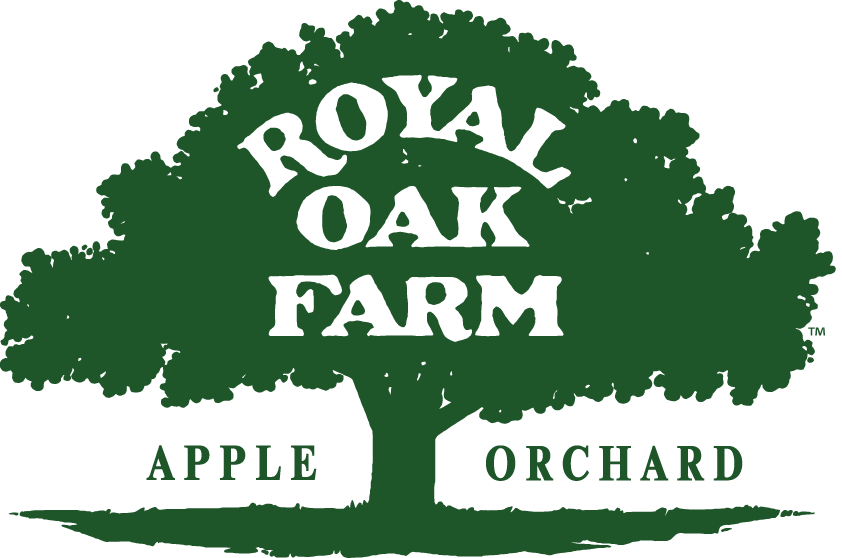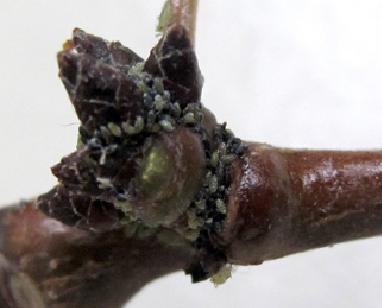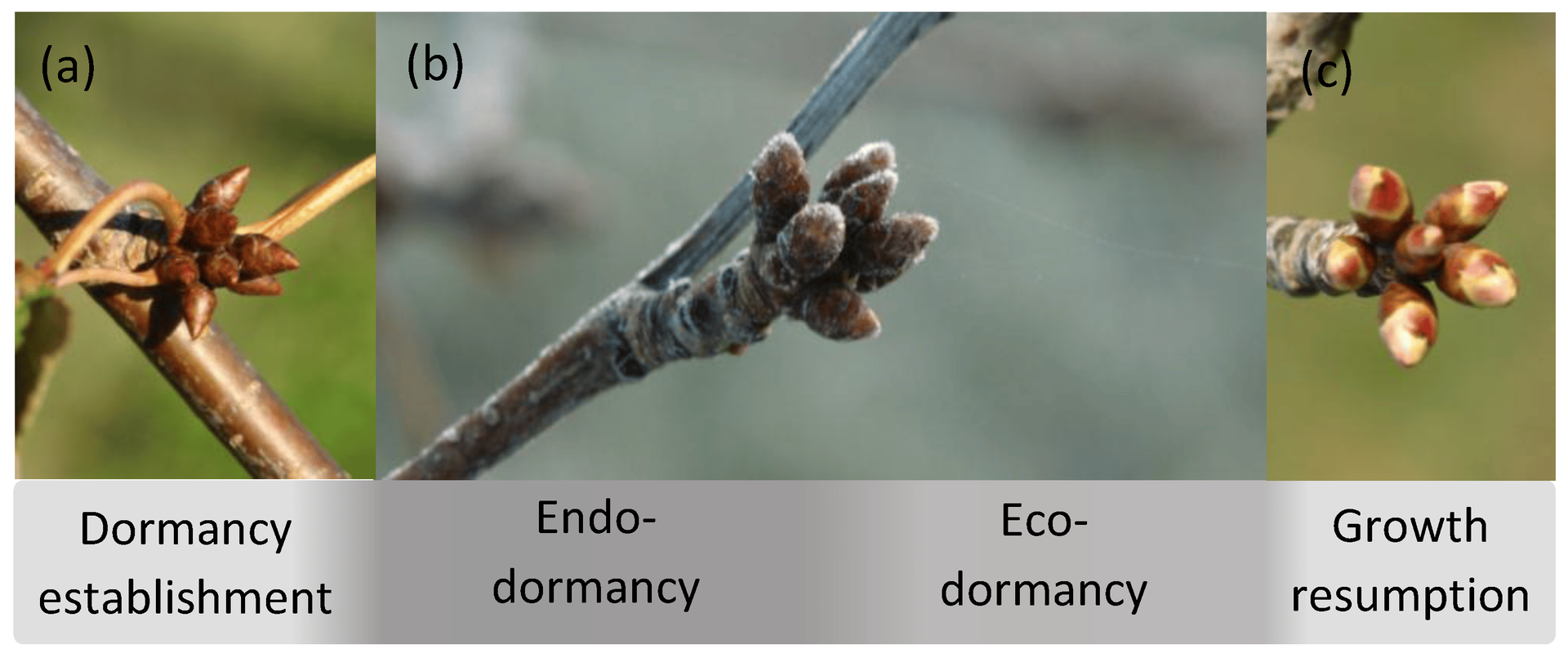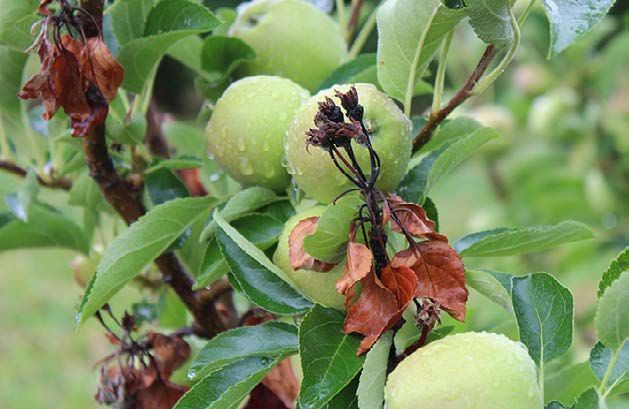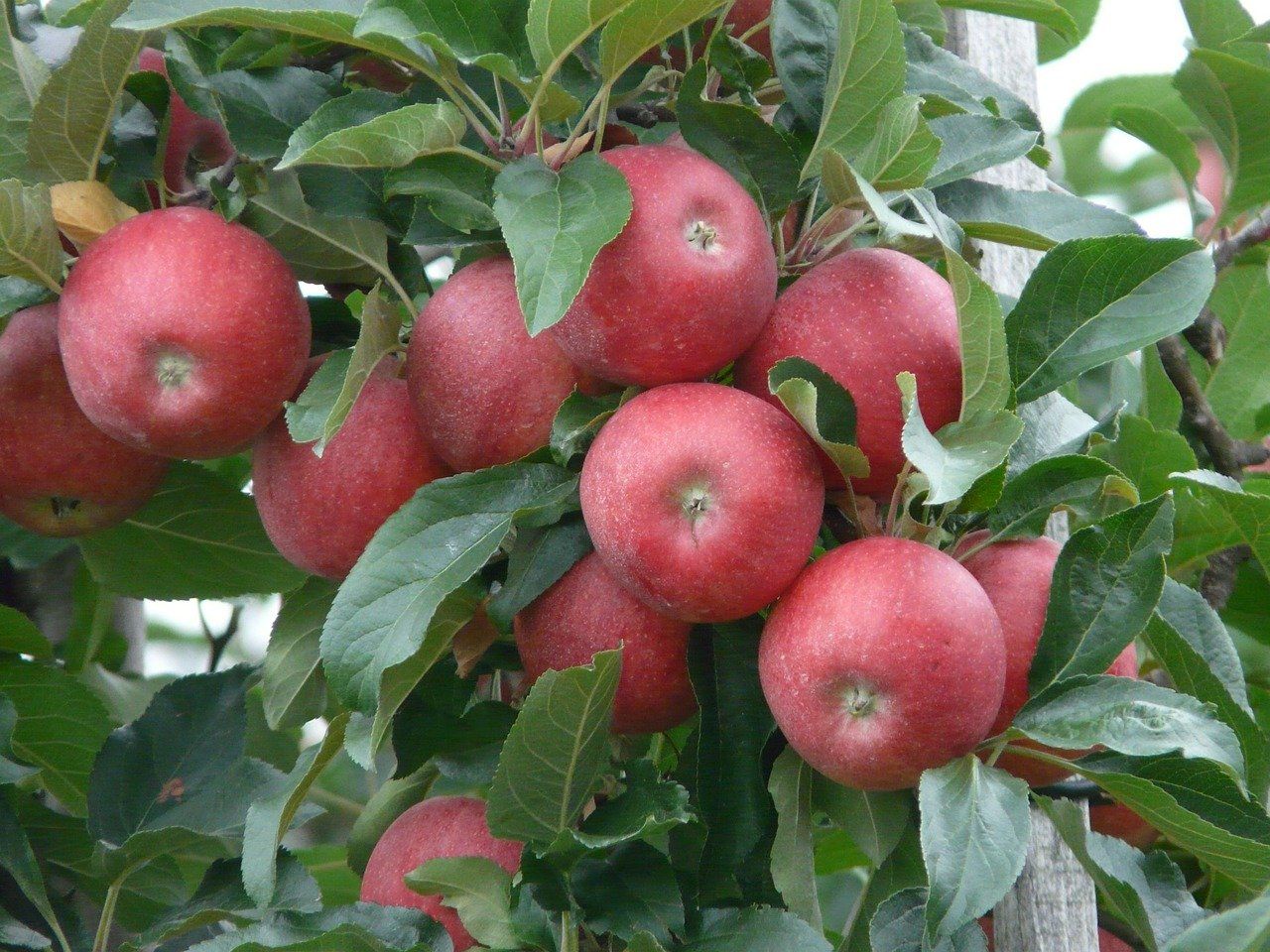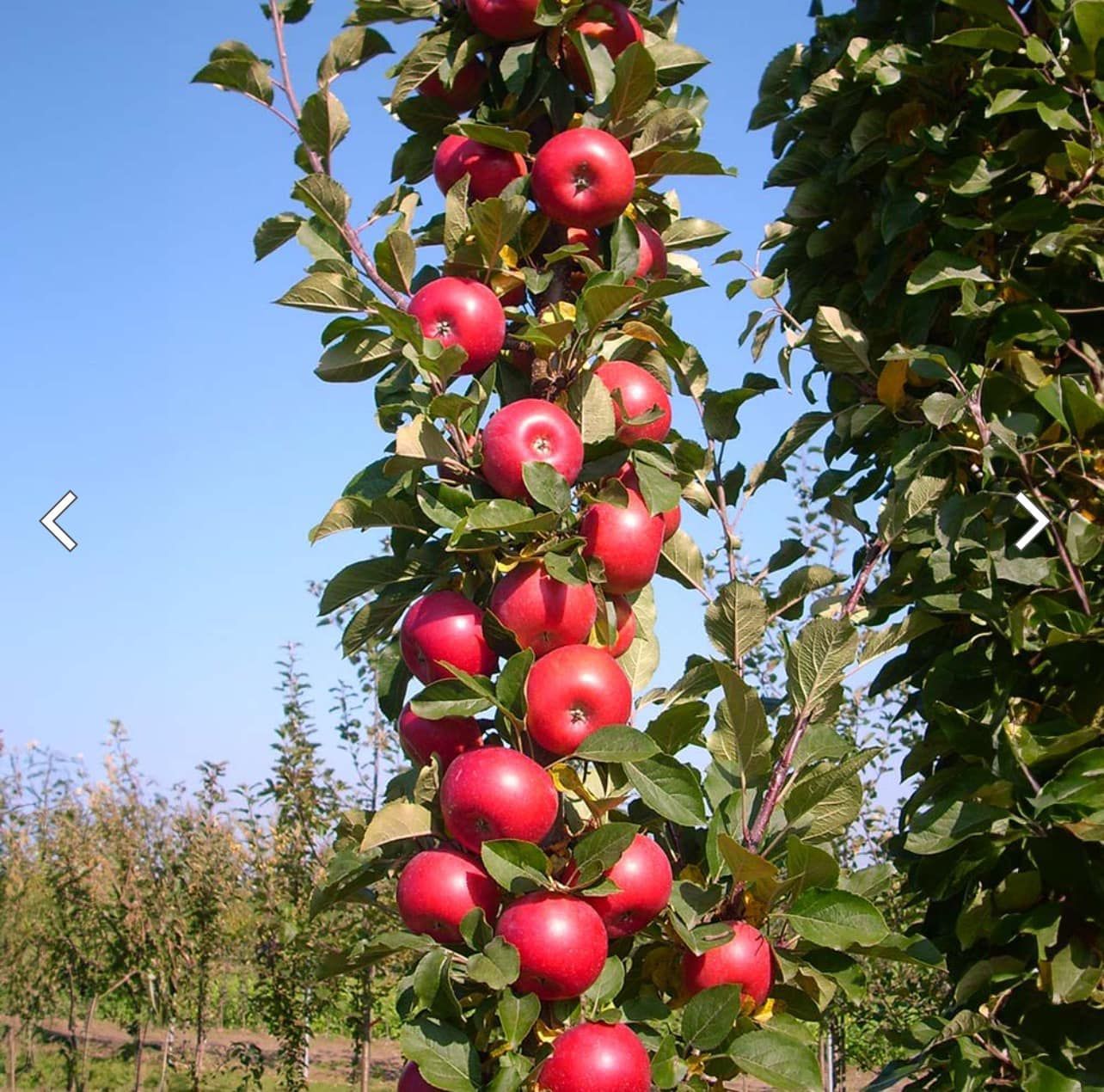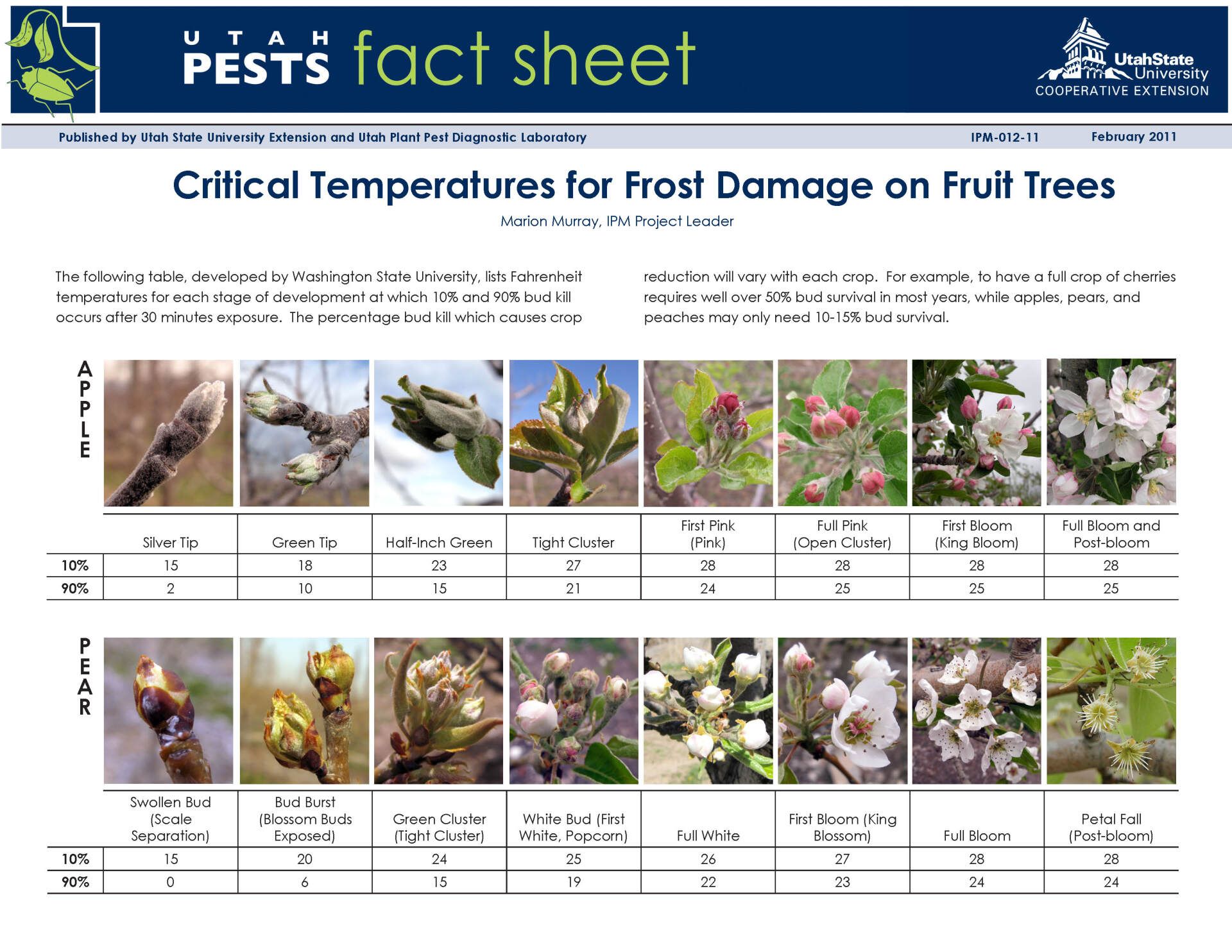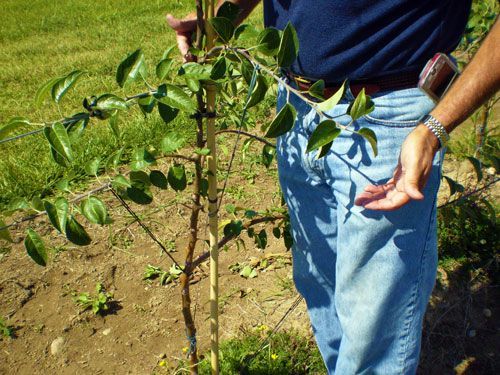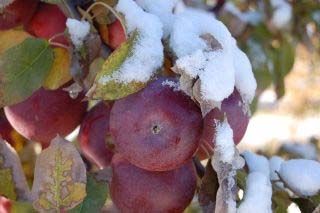Time to Plan For Plum Curculio
Planning For Plum Curculio
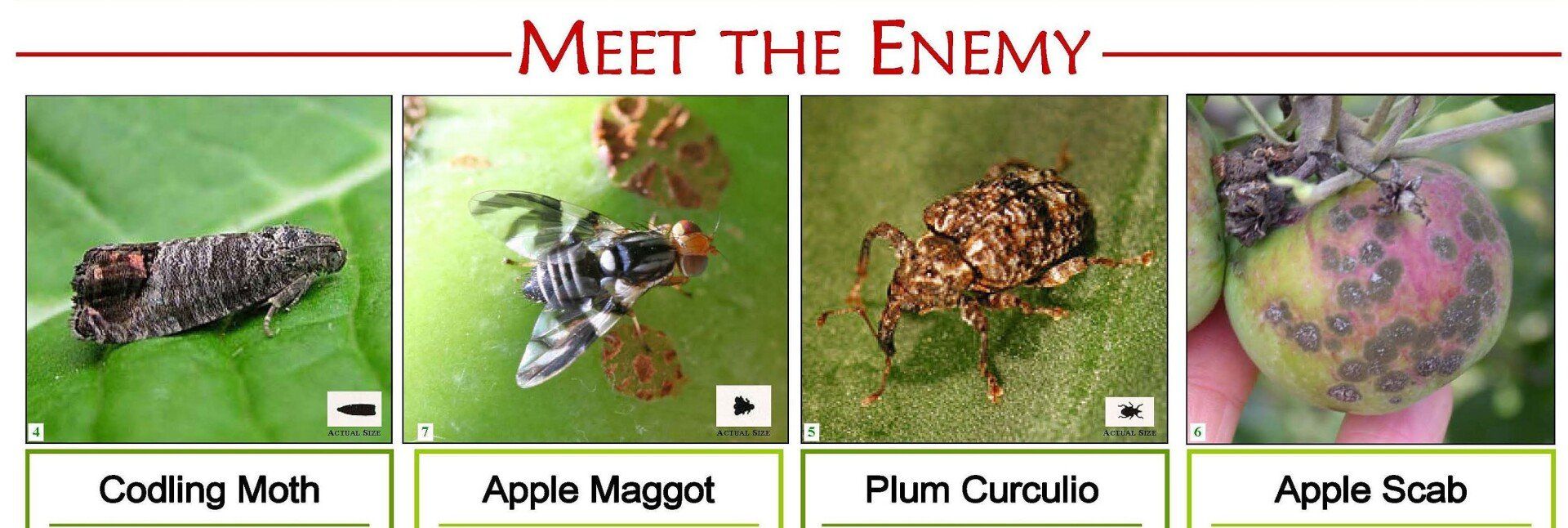
With apple scab season in our midst, and petal fall coming to an end, it is time to turn our attention to several insect pests. Plum curculio (PC) is one of the most difficult insect pests to contain. They enter the orchard from the perimeter after the adults pass the winter hidden under leaves, along fence rows, in brush piles, rock walls and in other protected places. In spring when the weather warms up at night (mean temperature 60°F. or maximum temperature above 75°F.), about the same time apples are blooming, the adults become active. The adult plum curculio beetles, pictured below, emerge right around or just after petal fall, to feed on apple buds, flowers, leaves and young fruit. The duration of full bloom to petal fall is usually about 5 to 10 days. From petal fall to fruit set is generally another 5 to 10 days, depending on temperatures. Once the fruit sets, female beetles cut holes in the young fruit and deposit one egg in each cavity.

These sites, called oviposition stings, are easily identified by their crescent shaped cuts. Unlike codling moth, the larvae of plum curculio rarely cause damage to the fruit. The fruit is primarily damaged superficially by the egg-laying and feeding by the adults. These "stings" will cork over and cause an indentation in the fruit as it matures making it look deformed and unsightly.
The question then becomes, how do we control them?? Pesticide application at this time is very important for plum curculio control. To prevent fruit drop, and due to toxicity to bees if there are still blooms on the trees, do not use carbaryl (Sevin®) or any pyrethrin based spray as these are highly toxic to honey bees and other pollinators as well as any beneficial insects. Any other pesticides should be applied in the evening when the honey bees have returned to their hives.
For home growers, an acetamiprid spray such as Ortho® Flower, Fruit & Vegetable Insect Killer Ready-Spray is a deterrent. This product has been discontinued by Ortho, but is still available in concentrated form on eBay. If no blooms are present on any trees, a pyrethrin based spray can be used as a deterrent, even though there may be no fruit set. Picking up and disposing of any fallen fruit will reduce problems with plum curculio, other insects, and many plant diseases. For conventional growers, Avaunt or Assail are two choices you might use, based on your codling moth protocol and your apple maggot protocol.
For a pure organic spray, the two most frequently used insecticides are Surround® and Pyganic®, both certified organic. The organic products may need to be sprayed multiple times for complete control at 7 to 10 day intervals or after any rain. And, as always, follow all label directions on any spray product.
For a complete Fact Sheet on Plum Curculio, consult the Cornell University
Plum Curculio Fact Sheet and for an in depth look at this pest.
This publication contains pesticide recommendations that are subject to change at any time. These recommendations are provided only as a guide. It is always the pesticide applicator's responsibility, by law, to read and follow all current label directions for the specific pesticide being used. Due to constantly changing labels and product registration, some of the recommendations given in this writing may no longer be legal by the time you read them. If any information in these recommendations disagrees with the label, the recommendation must be disregarded. No endorsement is intended for products mentioned, nor is criticism meant for products not mentioned. The author assumes no liability resulting from the use of these recommendations.
Backyard Orchard Management @ Royal Oak Farm Orchard
Backyard Orchard Management @ Royal Oak Farm Orchard is a blog for the home fruit tree grower providing information about fruit tree management, fruit tree pruning & training and Integrated Pest Management from the IPM Specialist and Certified Nurseryman at Royal Oak Farm Orchard, a 22,000 tree apple orchard and agri-tourism operation located in Harvard, Illinois.
Click or tap any title to read that post.

